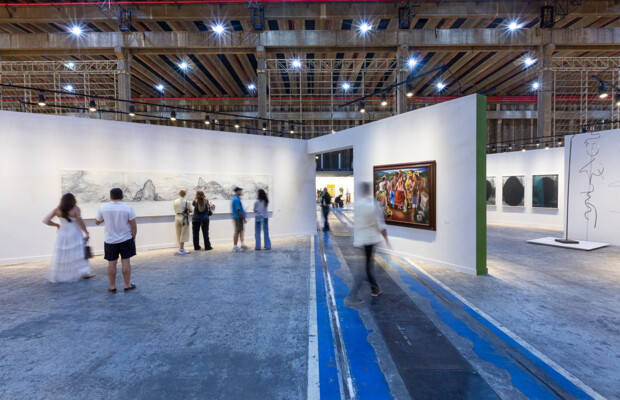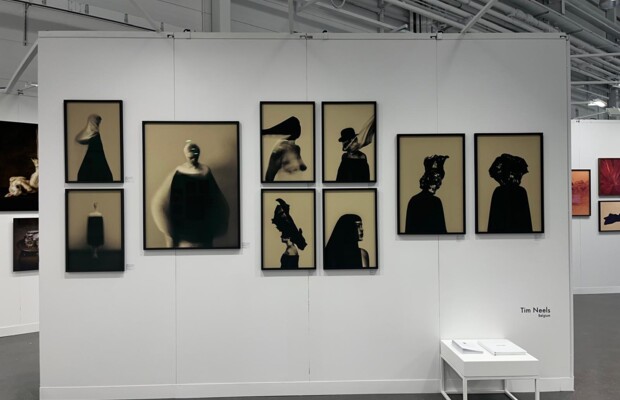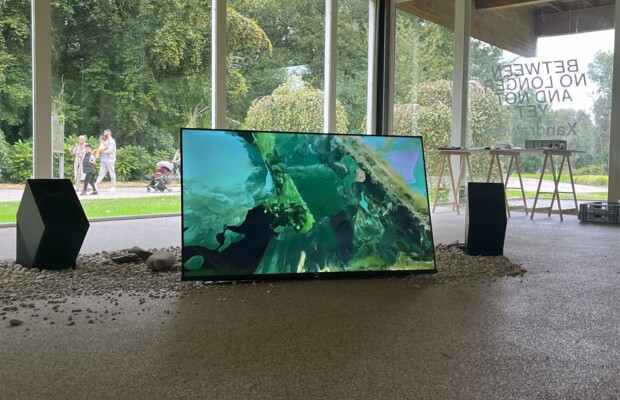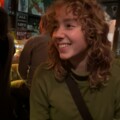We are already adults
The first edition of Warsaw Spring
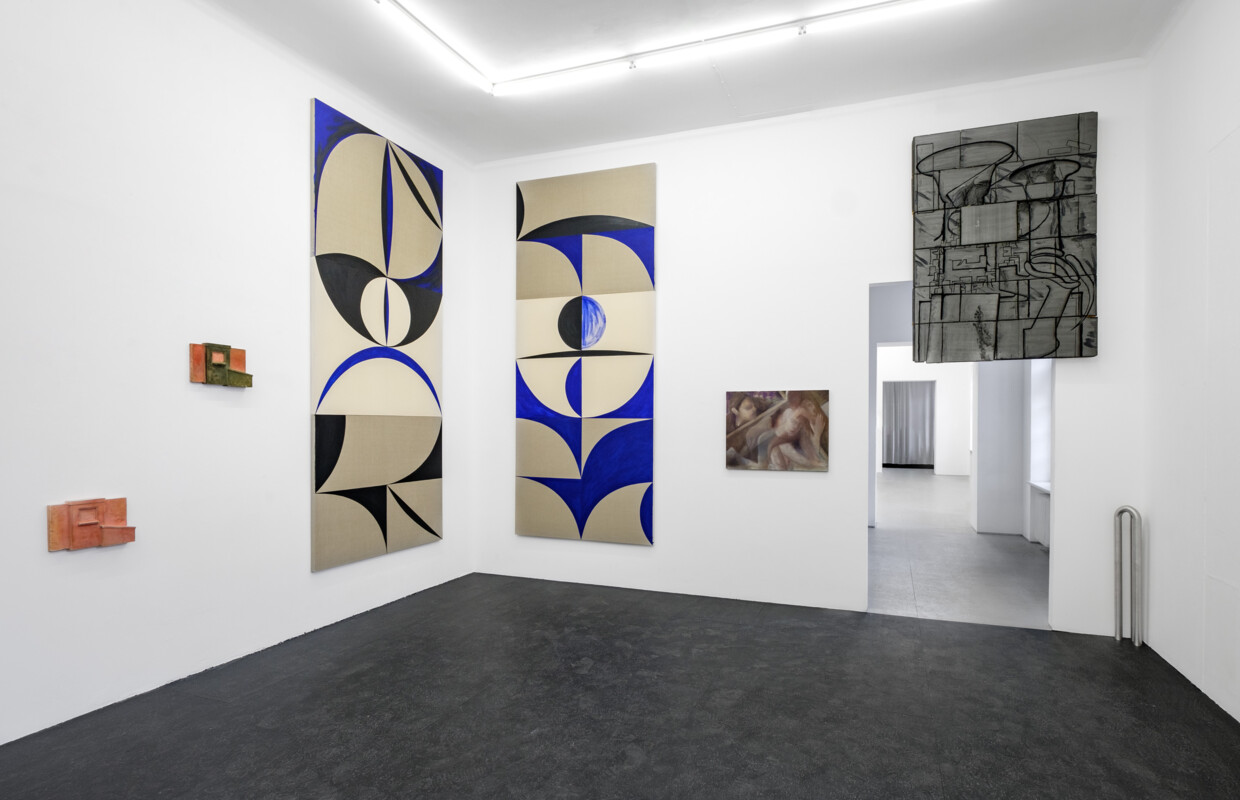
Warsaw's gallery scene includes dozens of galleries of different nature. The most prominent galleries, and there are about twenty of them, initiated the Warsaw Gallery Weekend event in 2010, based on Berlin Gallery Weekend. For four days, in autumn, galleries prepare special exhibitions, organize accompanying events, debates and numerous meetings. Every year the number of visitors to WGW grows, currently attracting an audience of several thousand.
The Polish art market has matured along with collectors and galleries. At the beginning of the 2000s' raster gallery realized the Cheap Art Fair. Over the past twenty years, other attempts have been made at events such as the Winter Salon, Spring Salon, Frost and Not Fair. Last year we had an occasion to participate and view the first professional contemporary art fair organised in a hotel - Hotel Warszawa Art Fair. Often the events attracted works at affordable prices.
In recent years, the market has become highly professionalized. Galleries participate in international fairs, the number of collectors are growing and Polish artists are making international careers. The pandemic times and the economic crisis of recent years have proved beneficial for art. Art turned out to be a good idea for investing capital. The market not only attracted new collectors but also investors.
Before the pandemic, our average customer spent 5,000 euros at a time with us, today this amount is more like 10,000 euros.
At a time when foreign galleries are complaining about general stagnation, the Polish market is developing rapidly.
Warsaw Spring is an attempt to capture this unique moment of record development of the art market. It will not only be an opportunity to see fantastic art and expand one's collection but also an excuse to integrate the collector community.
And they weren't wrong. Maybe the turnout wasn't as high as during Warsaw Gallery Weekend, but it drew crowds.
While galleries used to compete with each other, today what matters is cooperation and consolidation in the name of common needs. This is why Warsaw Spring emerged. The event was initiated by four gallerists: Dawid Radziszewski (Dawid Radziszewski Gallery), Michał Woliński (Piktogram), Zuzanna Hadryś and Michał Lasota (Stereo). These are three of the five galleries that will participate in the Basel fairs this year, Art Basel - Dawid Radziszewski and LISTE - Piktogram and Stereo.
Warsaw Spring is a combination of an art fair and the Warsaw Gallery Weekend formula. Sixteen Warsaw galleries hold exhibitions at their place similar to a fair booth, currently showing the most interesting works from their offerings. The art market season generally begins in June and ends in autumn. Warsaw Spring is a preview of this season, and fills the gap in the calendar of spring art events. The first edition of the formula worked well and showed that such are the needs of the audience.
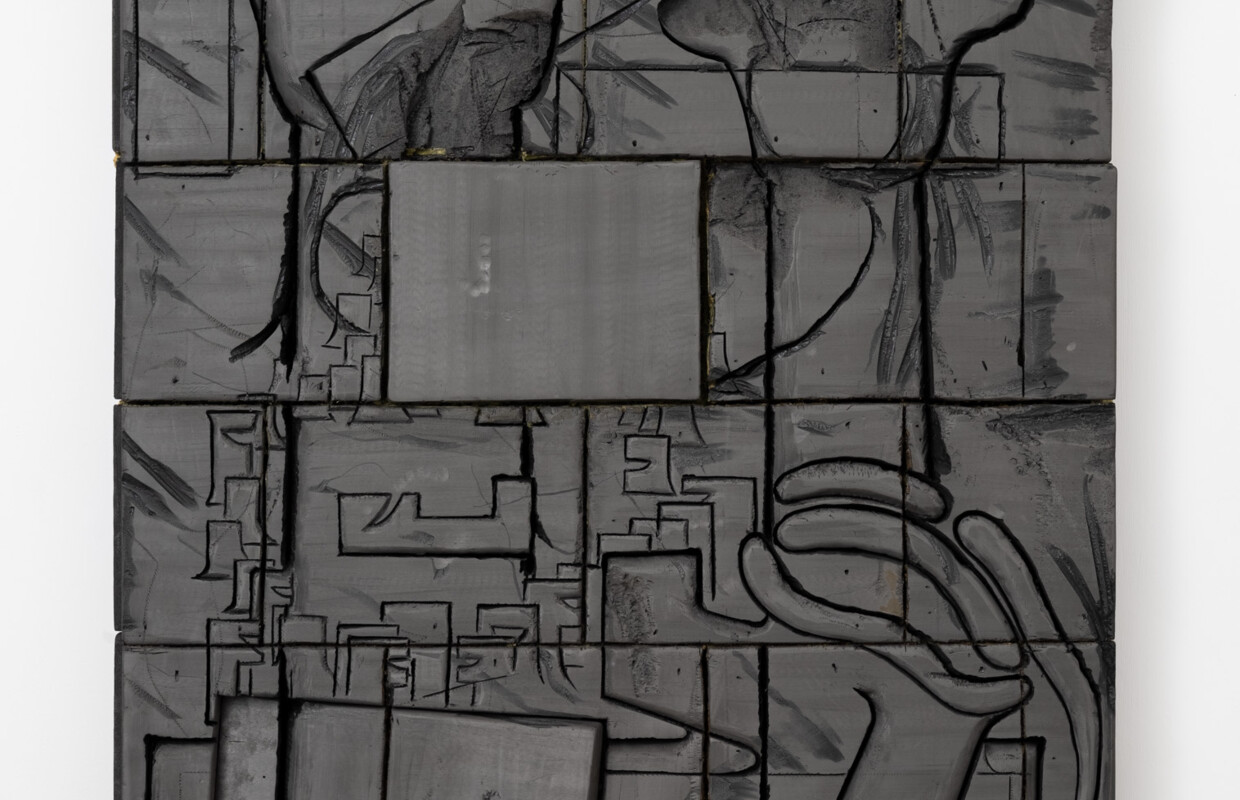
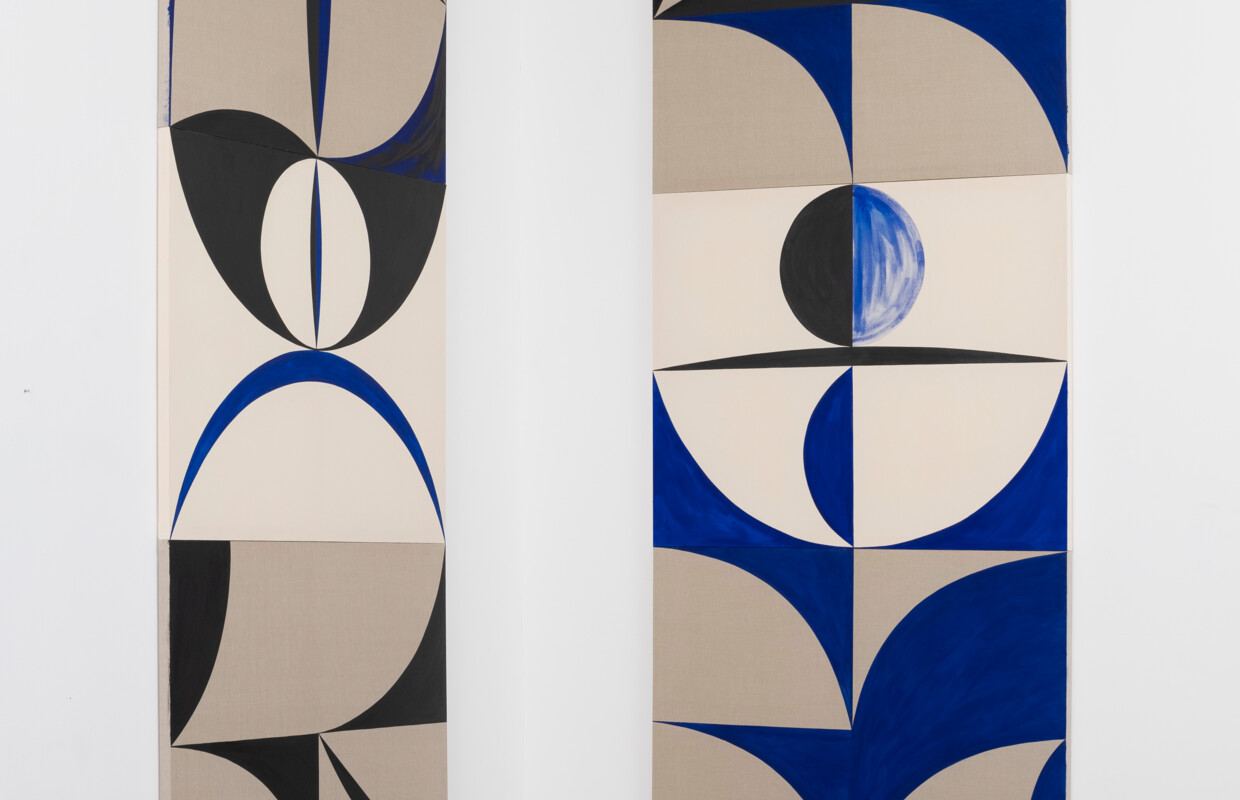

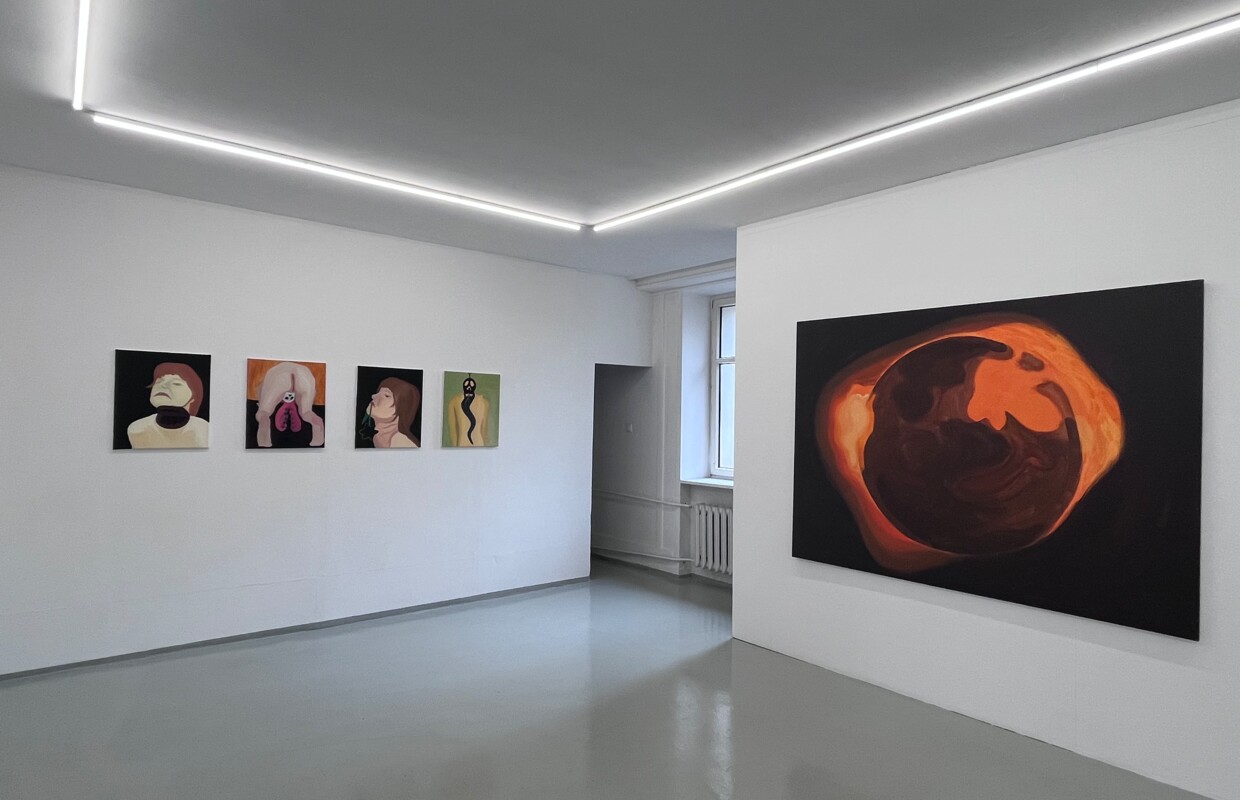
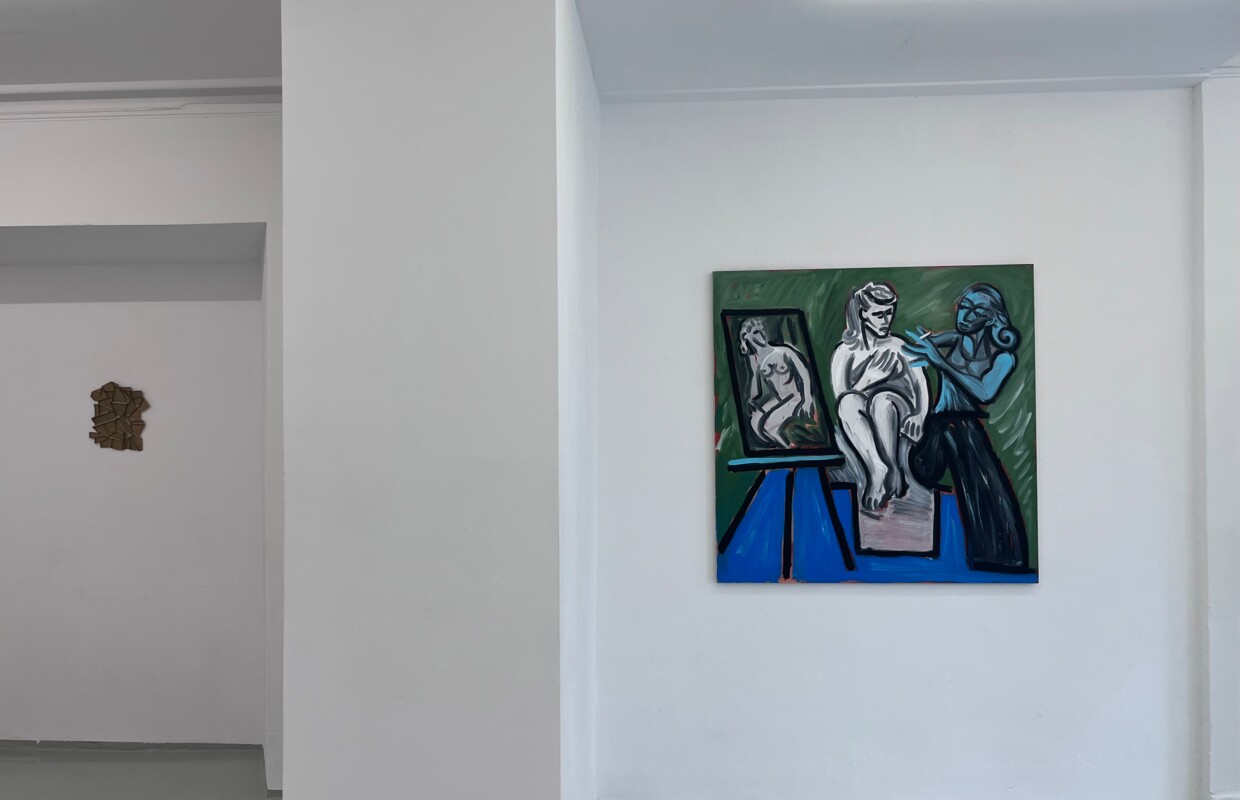
The galleries showed a wide cross-section of works by the artists represented, with painting proving by far the most popular. One could see both works by established names, also known abroad, such as Tomek Kowalski (Dawid Radziszewski Gallery), winner of the Guerlain Foundation Drawing Award, whose works are in the collections of Centre Pompidou and MUMOK, among others. Kowalski shapes a critical and associative portrait of a present marked by accelerated change. His paintings, sculptures and music capture the diffusion of a centerless world and the ways in which such conditions impact our perceptions of basic categories, such as selfhood, space and time. Agnieszka Polska is an artist also represented by Dawid Radziszewski Gallery. Her works are in the collection of the Centre Pompidou and in the Art Collection Telekom, among others. She is also a winner of the Nationalgalerie Preis. Agnieszka Polska creates videos, animations and photographs, often using archival or stock material, combining it with animation. Rather than morally referencing specific matters like ecological issues, or the rise of nationalistic sentiments, the artist focuses on creating an immersive experience for the audience. As a distant but diligent observer, the viewer becomes a prisoner of the video footage and events unfolding before his eyes. It's the immersion that charges Poland's videos with political potential.
Karol Radziszewski, in turn, is an artist represented by BWA Warsaw Gallery. He works with film, photography, painting, installations and creates interdisciplinary projects. His archive-based methodology, crosses multiple cultural, historical, religious, social and gender references. Since 2005 he is publisher and editor-in-chief of DIK Fagazine, and has founded the Queer Archives Institute in 2015. He is currently curating an exhibition at the space run by Wolfgang Tillmans called Between Bridges in Berlin, a review of which by Joanna Warsza has just appeared in Art Forum magazine.
The East Gallery, run by Piotr Drewko, with a second location in Cologne, which will also be on view at LISTE in Basel, offered a cross-section of Polish and foreign artists: Cezary Poniatowski, Anders Dickson, Adam Shiu-Yang Shaw and Karolina Bielawska. The raster gallery, one of Warsaw's oldest and most recognized galleries, focused on sculptural works and installations. The works shown by Dominika Olszowy, Olaf Brzeski or Jan Simon went against the general trend of painting. There was also no shortage of contemporary classics. Dawid Radziszewski Gallery presented works by Jerzy Bereś (1930-2012), whom it showed last year at Art Basel and Marian Szpakowski (1926-1983).
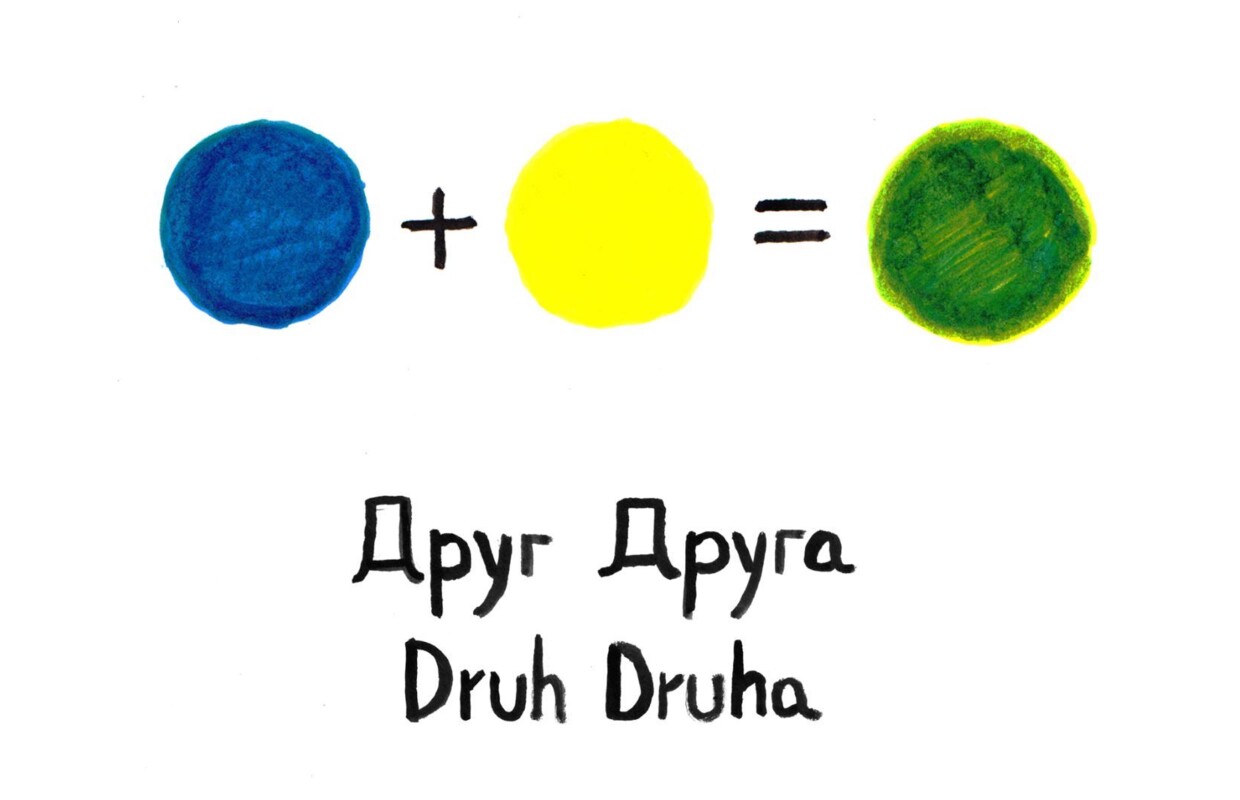
Of separate note is the representation of Ukraine. Last year in September there was an event called Druh Druha which can be loosely translated as Friend of a Friend (which has nothing to do with the event of the same title of an already known event in Europe), where eleven galleries simultaneously opened exhibitions with Ukrainian artists only. Some of them stayed with the galleries for a longer period of time, such as Olga Krykun (Pola Magnetyczne gallery), Veronika Hapchenko (already represented by Import Export gallery), Zhanna Kadyrova, with whom BWA Warszawa gallery has also been cooperating for years, and two artists at wanda gallery. This last gallery seems to be a special one. They started a space last year in September (during Druh Druha event) concentranting mostly on representation of Ukrainian scene. That’s why they are going to participate in LISTE art fair in Basel this year. When it comes to politics, in Poland, the statement rules. Anyway, a representation of Art Basel came for Warsaw Spring. It was a good opportunity to get to know the potential of Polish art in addition to several galleries and make contacts.
The question remains, why is the Warsaw art scene so interesting today?
It remains vivacious, sometimes feisty, and yet professional, upholding a world standard. It is international and local, all at once. But above all, it is full of intriguing initiatives, exciting both for viewers and the artists themselves.
What else sets it apart, especially when it comes to other Eastern European countries? For one thing, it's the scale. Poland is a country of 40 million people. On the other hand, the tradition of avant-garde art that survived the war, and the memory of it has been developed in subsequent generations. This is what Dawid Radziszewski, one of the originators of the event, argues. Another aspect is that if one were to look at Warsaw gallerists today, every one of them was educated in the direction of art. They are cultural scientists, art historians. If they didn't set up a gallery they would probably curate exhibitions in institutions. The geopolitical situation is completely changing the distribution of focus points on the Art World map. Eastern Europe is already beginning to play a serious role in it. When the war in Ukraine is over, perhaps the whole region will start to get even more attention.
Share the post:

